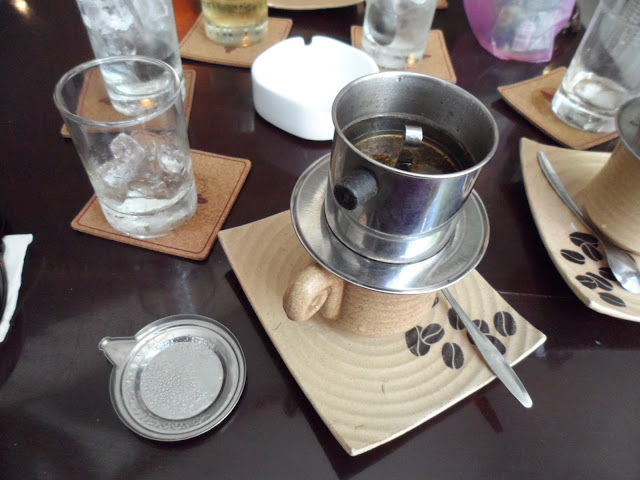Coffee is found in almost every part of the world and is prepared in many different ways depending on culture and influence. Coffee itself is known to be quite beneficial for its anti-oxidant properties and is well known for its distinct aroma and flavor which is derived from the roasted seeds of coffee plants scientifically known as Coffea Arabica. These coffee seeds are gathered in batches that are termed as coffee "cherries" which is grown in over 70 different countries. The most favored coffee beans are found in Latin America, Southeast Asia (including the Philippines), South Asia and Africa. It is also ranked as one the of most traded agricultural commodity in the world. Though irregardless of its health benefits, it is known that many are quite addicted to the stimulating effect of caffeine which is used to keep people awake. It is now currently ranked as the most consumed beverage in the world.
Taking note of all of that, coffee as mentioned earlier is distinct not only in the breed of the coffee beans and where they come from but it is even more defined by the ways it is prepared. Depending on where you are and the type of beans here are the six most common ways that it is prepared.
French Press - France
Despite its name, the first patented device featuring a circular wire-mesh filter plunged into a cylindrical jug of hot water and ground coffee was created by an Italian - Attilio Calimani at around 1930. Later, a version of the device by another Italian, Faliero Bondanini, was mass-produced by a French clarinet factory and gained popularity hence the name. The strength of the French Press Coffee is adjusted by varying the brew time, though the ideal period is a topic of hot debate among java junkies. Technically it is recommended to keep the brew time below 20 minutes but there are those that would keep it brewing for hours.
Espresso Machine - Italy
Espresso is, for some, the ultimate coffee expression. Made by forcing boiling water under pressure through finely ground coffee, it is much stronger and more robust than other coffee styles. First created in 1884 by Italian Angelo Moriondo, the espresso machine has gone through many re-inventions and can now be found in most hotels, cafes, homes and even on aircrafts.
Coffee Sock - Malaysia and Singapore
At the ubiquitous kopitiam (coffee shop) found in both countries, grounds made from coffee beans roasted in sugar and margarine are placed in a cloth "sock" filter and boiling water poured over to make kopi "coffee". Kopi is served with condensed milk by default. However, if you want coffee without milk, simply ask for a kopi-o and for coffee straight up, or simply say kopi-kosong. My personal favorite place to find this would be in the shop called Toast Box which is found here in the Philippines and in Singapore.
Siphon Bar - Japan
The futuristic siphon system, created by a Japanese Barista, brews coffee through a time-consuming multi-step process involving high powered halogen lamps, steam, glass globes and bamboo paddles. It resembles one of those science experiments in a high school laboratory class involving a bunsen burner and glass distillery containers. But many swear that the result of this has a somewhat multi-dimensional flavor and a light and almost mousse like texture. The price of this though is usually twice what one would pay for a normal cup of coffee.
Vietnamese Drip Coffee - Vietnam
This is one of the Southeast Asian favorites. It was invented during the time the French introduced coffee to Vietnam in the colonial period. Due to the country's tropical heat, Vietnamese coffee is mostly enjoyed iced, dripped onto condensed milk from a ca phe phin, which is an aluminum or stainless steel filter placed atop a glass, resulting in a thick, strong brew.
Turkish Coffee - Turkey and the Middle East
Brought in from the province of Yemen, South of Saudi Arabia, in the 16th century. Turkish coffee is made by heating finely ground beans and water in a cezve or traditional coffee pot with sugar added if desired until the entire mixture foams up. The contents are then allowed to settle down be it is drunk. More than a pick me up coffee is a fundamental part of Turkish culture, with prospective brides being judged on their ability to make it well.
Those are just but a few of how coffee is prepared but it is something that everyone should experience and enjoy. Some of these are even prepared in the local coffee shops such as Starbucks, Coffee Bean and Tea Leaf and so much more. In a way, when you drink each of these you get to experience not only the flavors but the rich history that it brings from the place of origin where it was developed.
Till Next Time...
-Metz-







No comments:
Post a Comment